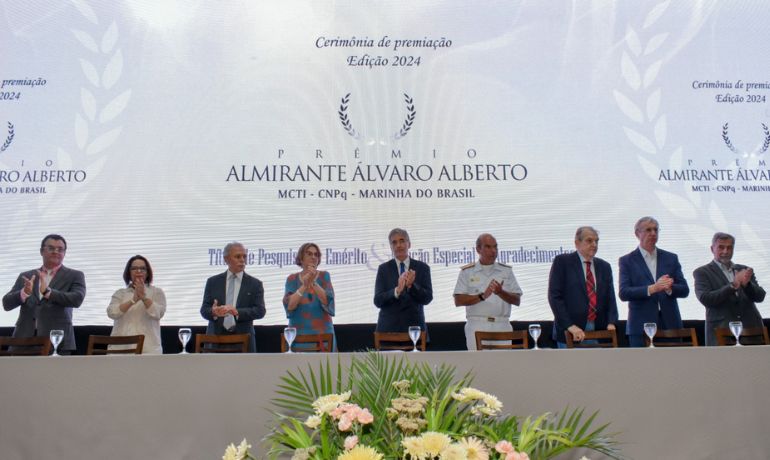Dengue incidence is increasing. Not just in places that have long struggled with disease. Until a few years ago its spread also reached countries unknown – including: America, Italy and France, for example.
For those in a hurry:
- In addition to traditionally infected areas, dengue cases are also increasing in countries where the disease was previously unknown, such as the United States, Italy, and France.
- In the United States, the first case of locally transmitted dengue fever in Pasadena, California, indicates a possible adaptation of the Aedes aegypti mosquito to thrive in urban areas.
- Dengue fever is caused by a virus transmitted by the Aedes aegypti mosquito, originally native to Africa, which has spread globally through trade routes and adapted to urban environments.
- About 40% of the world’s population lives in areas where dengue is at risk, and it is most common in tropical countries such as Brazil.
- The case in Pasadena is a rare example of a local outbreak in the United States, but scientists are warning about the potential for the disease to spread to new areas.
In the United States, health officials in Pasadena, California, have reported the first locally transmitted case of dengue fever. The newspaper published this information The New York Times.
read more:
Dengue in the United States (and beyond)
Dengue is a viral disease transmitted by Aedes aegypti mosquitoes. The species is native to Africa, originally living in forests and feeding on animals. But decades ago, it spread to other parts of the world via trade routes and adapted to thrive in urban areas.
Now, as more and more people move to urban areas, they are exposed to the virus. Approximately 40% of the world’s population lives in areas at risk of dengue infection – the disease is most common in tropical countries such as Brazil.
People who are most vulnerable to dengue live in houses that do not protect against mosquitoes. In studies of communities along the southern US border—areas where the Aegypti mosquito is well established—researchers found that the Texas side had as many or more mosquitoes, but had far fewer dengue cases than the Mexican side.
That’s because more people on the American frontier screened windows and air-conditioning, which limited exposure to mosquitoes, and they lived further apart and had fewer social interactions: by making fewer visits to friends and relatives, they lived less. carry the virus to new areas where a mosquito can pick it up from them and pass it on.
Dengue fever is unlikely to become a serious problem in the United States “as long as people are living now,” said Thomas Scott, a dengue epidemiologist and professor emeritus at the University of California (UC) Davis.
The case in Pasadena is the rarest locally acquired case of dengue fever in the United States. City officials said they caught and tested mosquitoes in the neighborhood where the case was reported and found no other insects with the virus.
However, scientists have said that dengue will continue to spread in places where it has not been encountered before.
Effect of global warming
The World Health Organization (WHO) has warned that global warming caused by the climate crisis will cause dengue to reach other parts of the planet.
High temperatures will create conditions where mosquitoes can spread the disease to other areas. According to the WHO, the most critical hotspots will be the new regions of South America, Southern Europe and Africa. This increase in the number of cases should be recorded within this decade.
In addition to climate change, increasing urbanization around the world is playing a role in the increase in cases, said Alex Perkins, an associate professor of biological sciences at the University of Notre Dame and an expert in mathematical modeling of dengue transmission.

“Internet evangelist. Writer. Hardcore alcoholaholic. Tv lover. Extreme reader. Coffee junkie. Falls down a lot.”






More Stories
An Israeli accused by the US of hacking attacks has been released by British authorities due to a misunderstanding
UK to build Europe’s first next-generation nuclear fuel plant | Atomic energy
US Congressmen accuse schools of enabling anti-Semitism